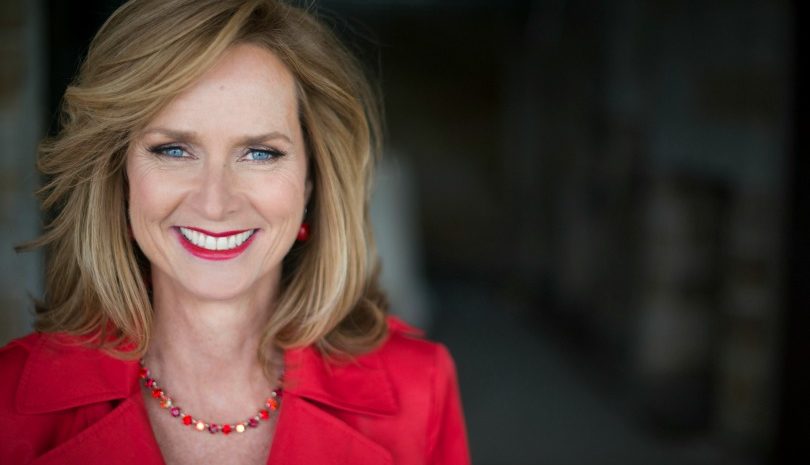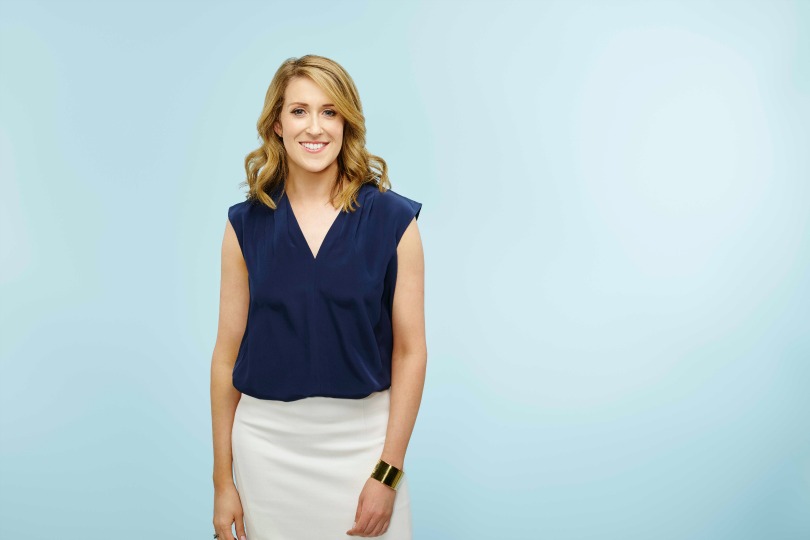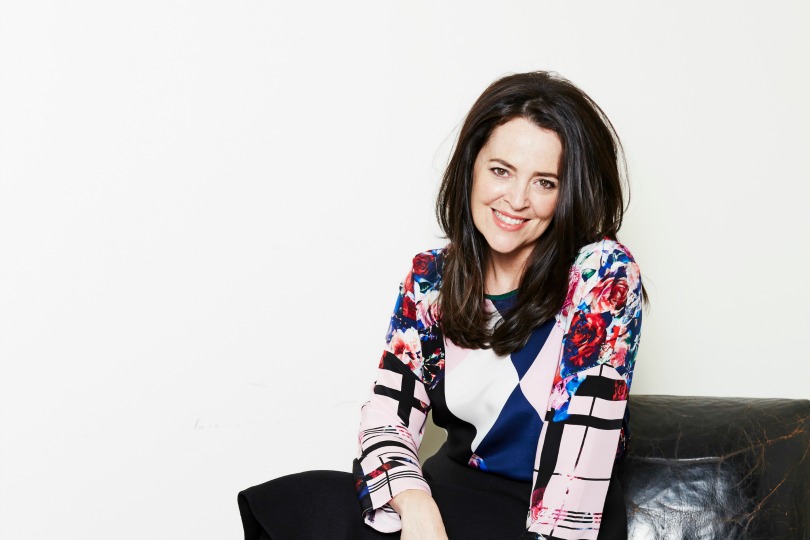Women in retail talk gender equality

Every year on 8 March, the conversation about gender inequality in the workplace takes on a note of urgency. It is the official date for International Women’s Day, which marks its 42nd anniversary this year.
For some Australians, it is inconceivable that women aren’t treated equally at work. After all, gender-based discrimination was outlawed in 1984. But the most recent research proves otherwise.
The Workplace Gender Equality Agency (WGEA) last week released a report based on data from every non-public Australian business with 100 or more employees. It found that women on average earn 23.1 per cent less than men across industries and occupations.
Although the pay gap is only 16.2 per cent in retail, the overall picture is still less than flattering. Women make up 58.4 per cent of the total retail workforce, but only represent 11.8 per cent of retail CEOs.
“The data is very clear that women aren’t progressing through the workforce or accessing the same opportunities and remuneration as men,” Jackie Woods, the WGEA spokesperson told IRW.
“There has been a year-on-year increase in women’s appointment into managerial roles, but there are still a lot of barriers and the pace of change needs to pick up.”
It’s not just a women’s issue
Frustration about the lack of progress is palpable when speaking with female business leaders on this topic, who say the pay gap is only the most obvious way women are held back at work.
Lack of female role models in senior management, C-suite offices and boardrooms, hard choices between career flexibility and advancement and persistent gender stereotypes all add to the problem.
And many women have had enough of the clamor of voices urging them to just ‘lean in’ to combat these issues.
“We’ve been having the same conversation over and over again. Let’s flip it around. Let’s talk about the biggest challenges men face in the workplace,” Naomi Simson, company director, investor on Shark Tank and founder of RedBalloon, told IRW.
Simson is not simply acting the contrarian. She is making the point that men also lose something when women do not have equal access to opportunities in the workplace.
“What I know is that when people have an unconscious bias, they miss out on a diverse pool of talent. This is not a women’s issue, it’s a community issue,” she said.
Paddy Carney, deputy chair of PwC Australia, has been making the same argument to countless retail organisations for years.
“I still can’t get over the fact that so many retail companies are run by men, when women account for 80 per cent of all purchase decisions,” she told IRW.
“Nothing beats the ability to understand what’s going through the customer’s mind when they’re making a purchase decision to help you make better business decisions.”
Carney is essentially making a business case for increasing gender diversity in key decision-making roles in the organisation, an approach that has become increasingly popular lately.
Indeed, research shows a link between more gender-balanced companies and higher profits.
But if this is true, then why aren’t more businesses hiring women and supporting them through the ranks of their own accord?
The problem of unconscious bias
The reason Simson, Carney and others point to is unconscious bias, the tendency both men and women have to make decisions based on their own deeply-ingrained beliefs and background rather than rational thought.
Unconscious bias is why people tend to prefer others who think and look like them, or who conform to the traditional image of an expert, business leader, or keynote speaker.
It is why a male senior manager is more likely to invite a colleague who reminds him a bit of himself to a networking event. And it is why a woman who works flexible hours is unlikely to have the same opportunities for advancement, even if she excels at her job.
The effects of unconscious bias are particularly visible behind the scenes at business conferences and events, according to Kate Morris, CEO and founder of Adore Beauty.
“A lot of conferences will have some women on the panel – people understand you can’t have all men anymore – but look at where women are positioned in the conference. Are they given the keynote?” she asked IRW.
“It’s even more pronounced if you look at the special invite-only dinners, where there’s only one woman in the room, or none at all. Or if you look at scheduled networking events, the activities are go-karting, golf or beer drinking,” Morris told IRW. “It’s all these small things that add up to exclusion.”

Kate Morris, CEO, Adore Beauty
There’s no silver bullet
In some ways, unconscious bias is harder to stamp out than outright sexism because it requires people to recognise and admit their own unfair views and opinions. It requires organisations to change their culture, which is an elusive and resistant beast.
While there is certainly no silver bullet, many people agree that bringing women into senior management is a good place to start. It creates a positive ripple effect leading to more women moving up the ranks and smaller pay gaps across the organization. Some people believe quotas have a role in achieving this.
Megan Quinn, co-founder of Net-a-Porter and non-executive director of Specialty Fashion Group says she explicitly briefs head hunters to think about gender equality in the recruiting process.
“I’m going to come in, do a great job, bring more women in and make sure they’re paid exactly what the males [in the organisation] are paid,” Quinn told IRW.
“I know women who say, ‘I don’t think that’s my responsibility. I want to be there on merit.’ Of course! I’m there on merit too.”

Megan Quinn, co-founder, Net-A-Porter
Director of the Australian Human Resources Institute Rhonda Brighton-Hall agrees that sponsorship is the most effective means of combating inequality.
“Having the right sponsor to introduce you to people, talk about opportunities with you and advocate for you in the business is statistically the most important thing you can do,” she told IRW.
The one thing that won’t work is waiting for generational change to occur. “If we keep going the way we have, the gap will be there forever.”
A version of this story first appeared in Inside Retail Weekly, issue 2131. To subscribe, click here.
Comment Manually
You must be logged in to post a comment.

No comments